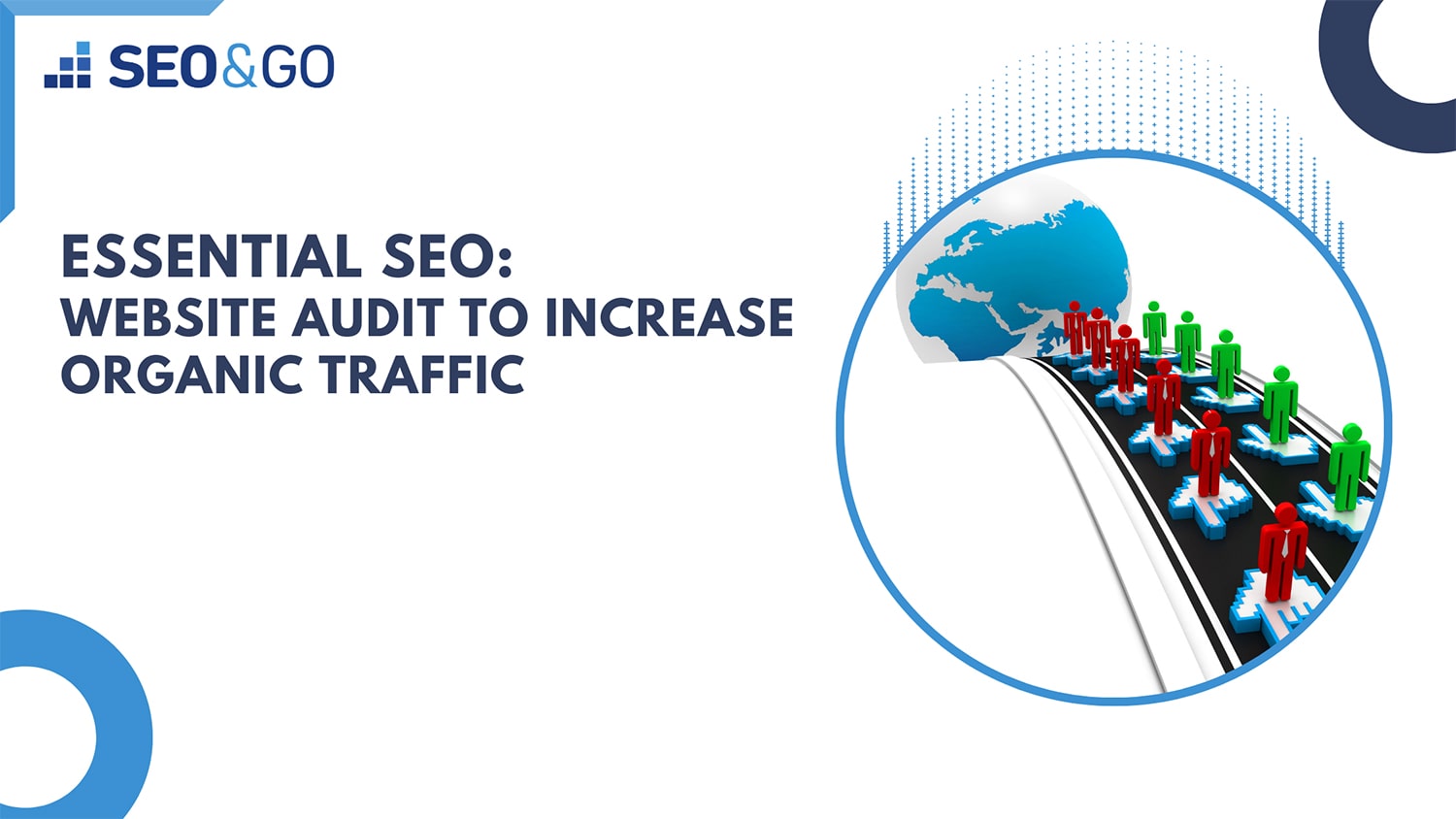29 Jun

You have to ask yourself, “Do I want more traffic on my website?” if the answer is yes, then you need to do an SEO audit. In this post, we will go over the steps of an SEO audit and how it can help your business grow.
The purpose of a website SEO audit is to make sure that your site is optimized for search engines so that they can rank higher in organic searches. An example of one way this could be done would be to look at your title tags and descriptions as well as meta descriptions.
What Is Technical SEO?
Technical SEO is a broad term that encompasses all of the technical aspects of your website. This includes things like crawlability, indexing, and speed.
The goal in Technical SEO is to make sure that search engines can access your site seamlessly which will ultimately lead to higher rankings because they have much more content from which to pull information. Below are some key ways you can improve your Technical SEO:
- Decrease Page Load Times
- Optimize Images for Webpages (sizing images so they don’t take up too many kilobytes or using image editing software)
- Raise Your Mobile Responsiveness Score
- Reduce Redirect Chains
- Remove Duplicate Content
- Lower Internal Server Errors
- Increase Site Speed
- Crawlable Pages
Why Is Technical SEO Important?
technical SEO is an important part of your SEO strategy because it’s the foundation of your site. Search engines crawl through pages and, if they can’t access parts of the site due to technical difficulties, those areas won’t be indexed or shown in search engine results pages (SERPs). We’ve put together a list of best practices for Technical SEO that you can use right away to make sure your website is Google-friendly.
What is an SEO audit?
An SEO audit is a process of evaluating and analyzing your website to find ways it can be more search engine-friendly. This includes checking for things like duplicate content, broken links, tags that don’t have keywords or descriptions attached, site speed, mobile responsiveness score (MRS), crawlability issues and redirect chains.
Some factors in a technical SEO evaluation are:
Duplicate content – Is there redundant information on the same topic? As you optimize pages for ranking higher with Google’s algorithms, make sure they’re different enough so they won’t get penalized by Google.
Redirect chains – Do any internal redirection requests point back to the homepage without indicating what was searched for or clicked? These will create problems when bots.
An SEO audit is a process of measuring the different aspects of your site to see how it’s affecting user experience and search engine visibility. It should include both on-page elements as well as off-site optimization objectives.
Make sure you’re aware of these important points:
- Website structure and content organization – This includes fresh, quality articles that are easy for crawlers to access with little redirection or heavy use of dynamic code. The best way to accomplish this? Make sure your website has a clear hierarchy from homepage → category pages → product/service pages → interior page subpages (blog posts)
- Code validation – Get rid of any errors related to wrong encoding, missing META tags, etc. Internal links within the same domain should have proper canonical tags set up to help crawls find their way around easily.
- Sitemap – Put together a sitemap of all relevant pages on your website and submit it through the Google Search Console to get crawl access for those that are not indexed yet, or force indexing where needed.
- On-page optimization elements: optimizing content and metadata titles with keywords as well as ensuring meta descriptions are optimized for both search engines and users; adding structured data markup (JSON-LD) in areas such as product/event listings, recipes, videos, or press articles; updating images filenames and ALT tags so they’re descriptive enough to rank higher in image searches; including targeted headings throughout the site’s text copy.
Offsite webmaster tools search as search engine console also helps you identify these issues.
How Seo&Go can help you perform an SEO audit?
Seo&Go has one of the most advanced SEO tools in the market that conducts a site-wide audit by crawling all the pages on your website, checking them for SEO errors, and generating a detailed report.
After you download the report, it’s easy to fix any of your website issues with on-page content or meta tags so that search engines will have an easier time understanding what each page is about.
Apart from this, Seo&Go also provides alerts when new pages are created without being indexed by Google. It helps identify if there are duplicate pages in different languages or even multiple listings for one product/event! This way we can suggest fixes before they become bigger problems down the line.
This saves considerable amounts of money because fixing these types of issues early allows us to optimize around key aspects such as structure data markup (JSON-LD), images filenames & ALT tags.
So all you need to do is add your website your keywords and just follow the SEO tasks our system assigned to you and fix them. Get started today with the most advanced SEO tool.





Recent Comments